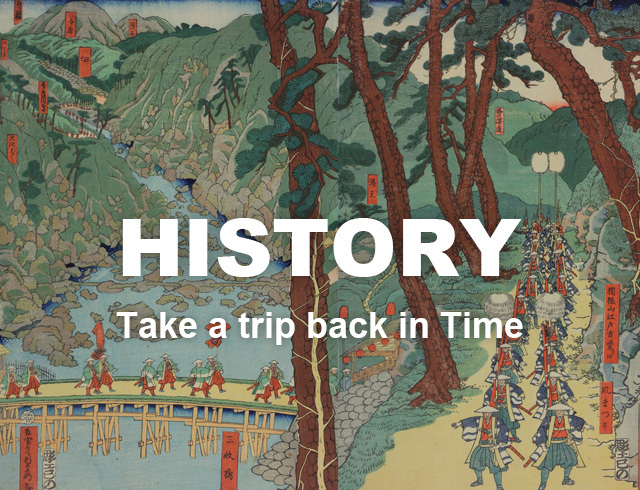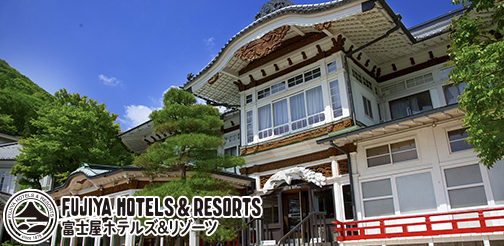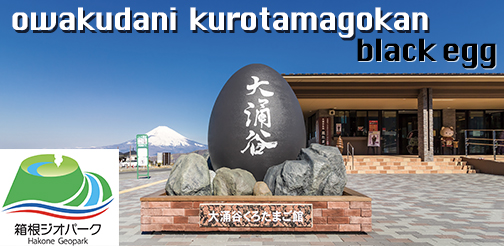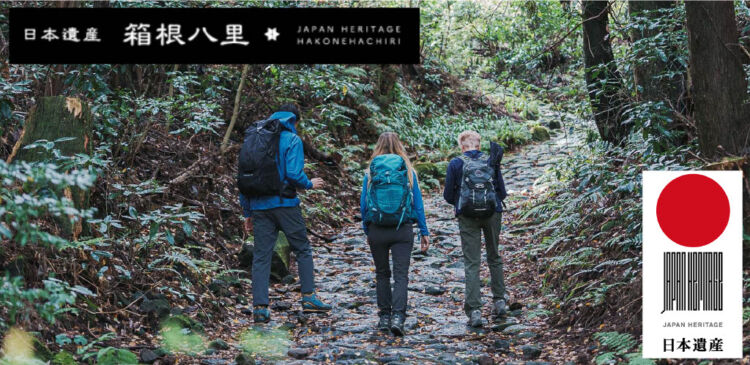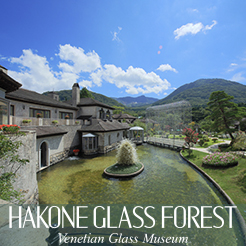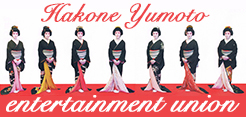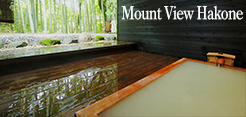Suwa Shrine sits on a tree-covered hill overlooking Miyagino, a small community along the Haya River. Although the details of its history are unclear, the shrine is said to have been founded by Takeda Shingen (1521–1573), the eminent warlord who ruled Kai Province (now Yamanashi Prefecture) and at one point seized control over the Hakone area. Miyagino’s Suwa Shrine is one of the more than 20,000 offshoots of Suwa Taisha Shrine in Nagano Prefecture, considered one of the oldest Shinto shrines in Japan. It enshrines Takeminakata no Mikoto, a deity of, among other things, warfare, which explains the appeal of the Suwa shrines among samurai like Shingen.
The Miyagino Suwa Shrine reisai (annual festival) takes place on April 15, when shrine priests conduct ceremonies to honor the local deities. However, there is much more to see the weekend before, when the area comes alive with mikoshi (portable shrine) and float parades, complemented by stalls selling food and drink, or offering children’s games.
On July 15, the shrine plays host to a performance of yudate shishimai, a traditional type of lion dancing. With origins in ancient customs related to protection against disease and prayers for an ample harvest, it has been performed in its current form since at least the eighteenth century. A staple of summer at Suwa Shrine for about 60 years, it is an intense show that goes on for a good three hours and revolves around the ritual boiling of water. Mask-wearing participants perform seven distinct dances. In the last dance the dancer circles around a cauldron of boiling water, dipping a sheaf of bamboo leaves in the water and directing the steam rising from it toward the audience. The local belief is that anyone who catches a drop of the sacred liquid will stay healthy throughout the year to come.
On New Year’s Eve, traditional bamboo lanterns are lit along the length of the stone steps leading up to Suwa Shrine. This is done to welcome visitors for hatsumode, the first prayer of the New Year.
This English-language text was created by the Japan Tourism Agency.

